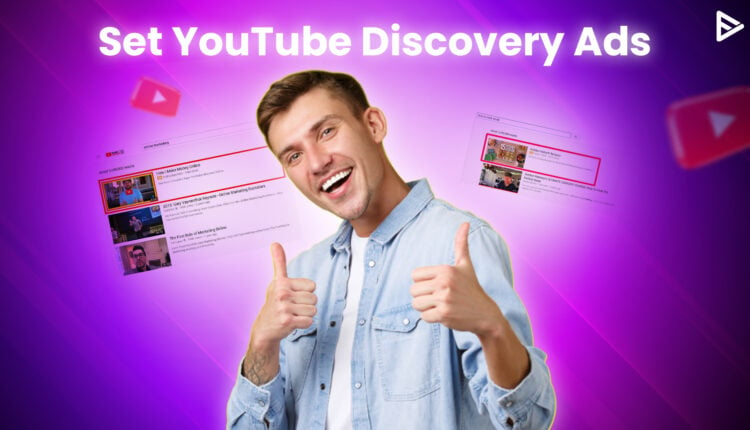In a saturated YouTube space, finding the right audience means meeting the viewers where their interests lie. YouTube in-feed ads offer precisely that. It’s a discovery-driven space that guides high-intent users. Whether you are launching a product or creating new content, in-feed ads help you connect with the right audience. Here’s a guide to help you better understand.
What Are YouTube In-Feed (Discovery) Ads?
YouTube in-feed ads are a type of ad format on YouTube videos. Formally known as discovery ads, they are designed to appear organically within areas where users are searching for similar content. These ads appear based on users’ interests.
They don’t interrupt videos; instead, they appear alongside. Sometimes, they are integrated in a non-intrusive format. YouTube in-feed ads are ideal for anyone seeking to reach active users who are actively searching, browsing, or discovering new content.
Understanding YouTube Ad Formats
Every YouTube ad is created with a different marketing goal. This includes:
- In-stream Ads: They appear before, during, or after the video. They are usually skippable or unskippable.
- Bumper Ads: They are short and punchy ads that appear before a video. They are no longer than 6 seconds.
- YouTube In-Feed Ads: They become visible in YouTube search results. They are non-intrusive. You only pay when someone clicks on the advertisement. In-Feed YouTube ads drive views.
- Masthead Ads: They are present at the top of YouTube’s home page. They have auto-play features and are generally muted. They have a premium ad slot.
What Makes In-Feed Ads Unique?
It takes tact to run a YouTube Ad successfully. YouTube in-feed ads stand out because they encourage voluntary engagement. They don’t interrupt your browsing experience; instead, they blend into it seamlessly. They rely on user intent, which promotes initiated engagement. The placement is in high-intent areas, this makes in-feed ads on YouTube hyper-relevant.
In-feed ads’ appearance is marked in YouTube search results, on the mobile homepage, and in suggested videos. They are unique because their focus is on attracting attention through discovery, rather than disruption. They are charged based on Cost-Per-View (CPV). If a user clicks on it, you pay $0.02 – $0.10 per view depending on your industry.
Benefits of Using In-Feed Ads
YouTube In-feed ads have numerous advantages, some of them include:
1) High Intent User Engagement
Since users choose to click and watch, engagement becomes more qualified. You will notice a better watch time with users genuinely interested in your content. It helps foster higher retention. It’s ideal for product demos and video guides.
2) Cost-Effective for Awareness Campaigns
YouTube Advertising is vast. Unlike other ads that may be expensive without scope. In-Feed ads are generally affordable. They operate on a Cost-per-view model. You will only pay if someone clicks on your ad. The actual cost may vary depending on your strategy and industry, but in general, they are relatively low in price.
3) Seamless User Experience
In-Feed ads don’t come off as traditional ads. They are organically woven into your content. This subtle integration helps deflect ad fatigue. Moreover, they appear in familiar places, making them easier to access and engage with. Furthermore, it highly supports long-form content by driving users to it.
4) Mobile First Visibility
It is assumed that 75% of YouTube videos are watched on mobile phones. Since they are created to blend into vertical scrolling, it makes the user experience seem seamless and not jarring.
How to Set Up a YouTube In-Feed Ad Campaigns
Launching a YouTube in-feed ad campaign is a simple process that can be done through your Google Ads account. Here’s a step-by-step guide to help you.
Step 1: Set up a Google Ad account: Link the Ad account to your YouTube channel. Ensure you have videos that you can effectively promote.
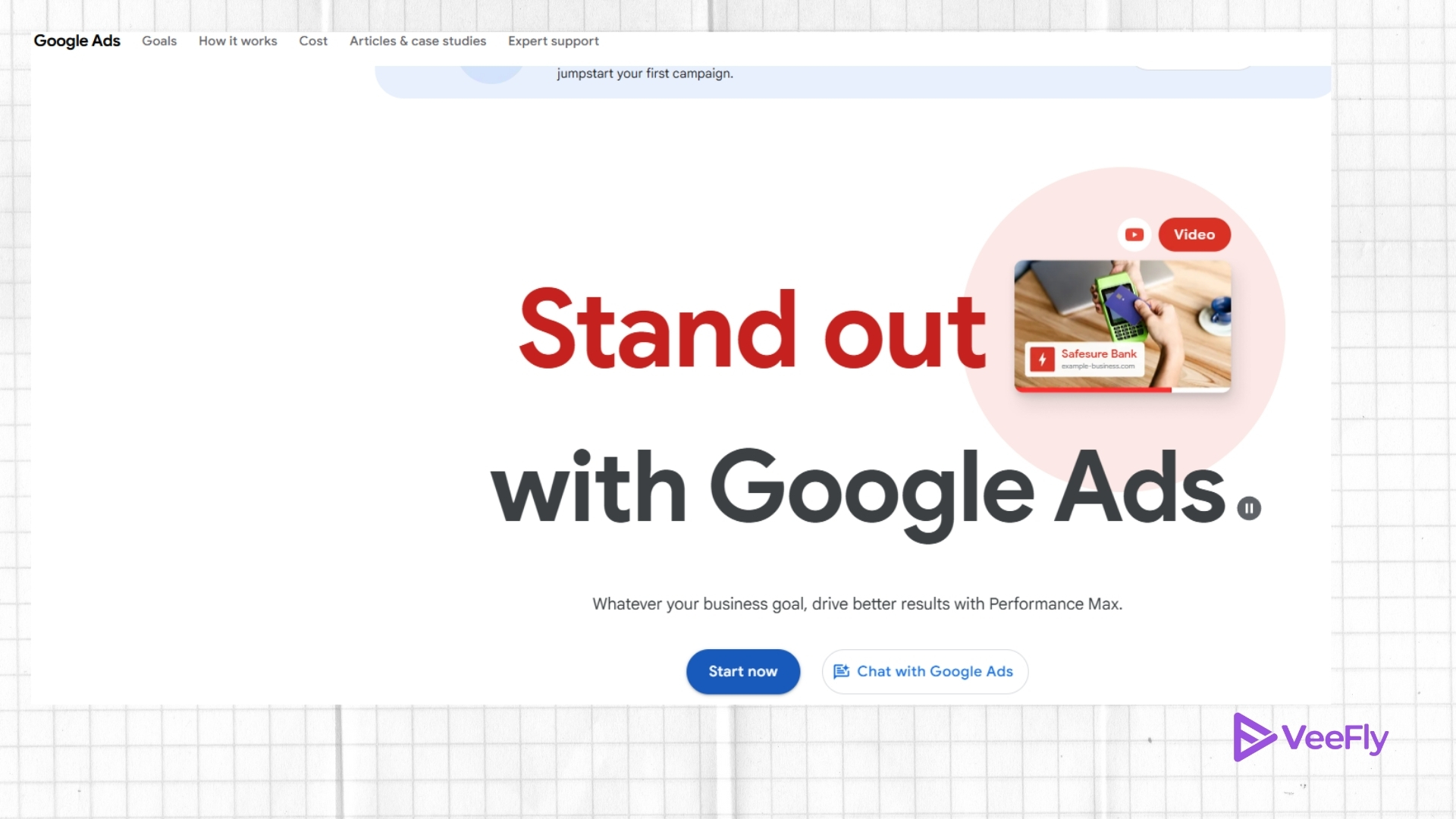
Step 2: Create a Campaign: Start a new campaign through your Google Ads account. The goal of the campaign can vary according to your needs. Some goals include generating new traffic, introducing your page to niche users, or converting leads.
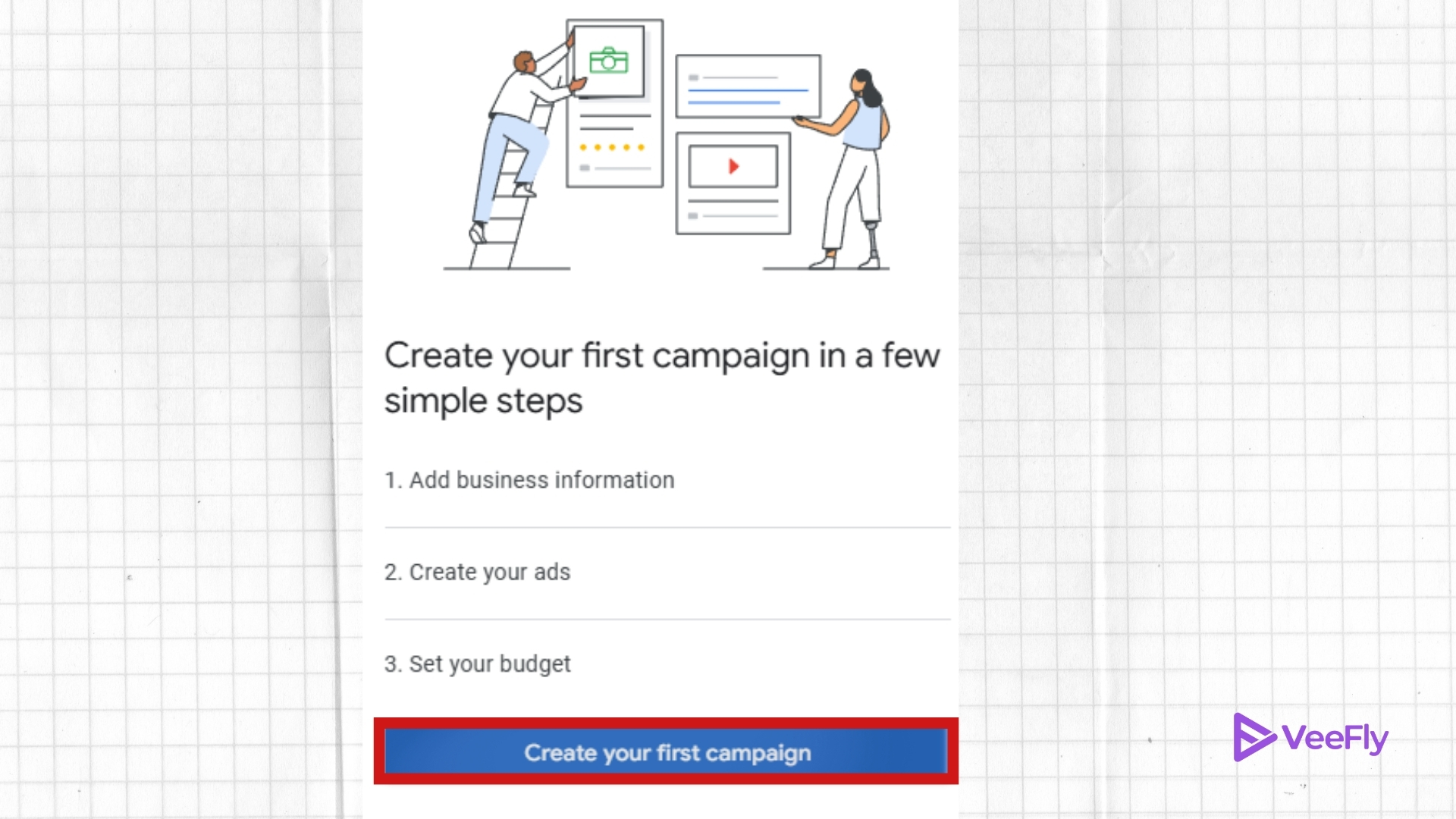
Step 3: Campaign Type: Upon narrowing down your goal. Choose video as your campaign type. To give access to your in-feed ad, opt for a custom video campaign.
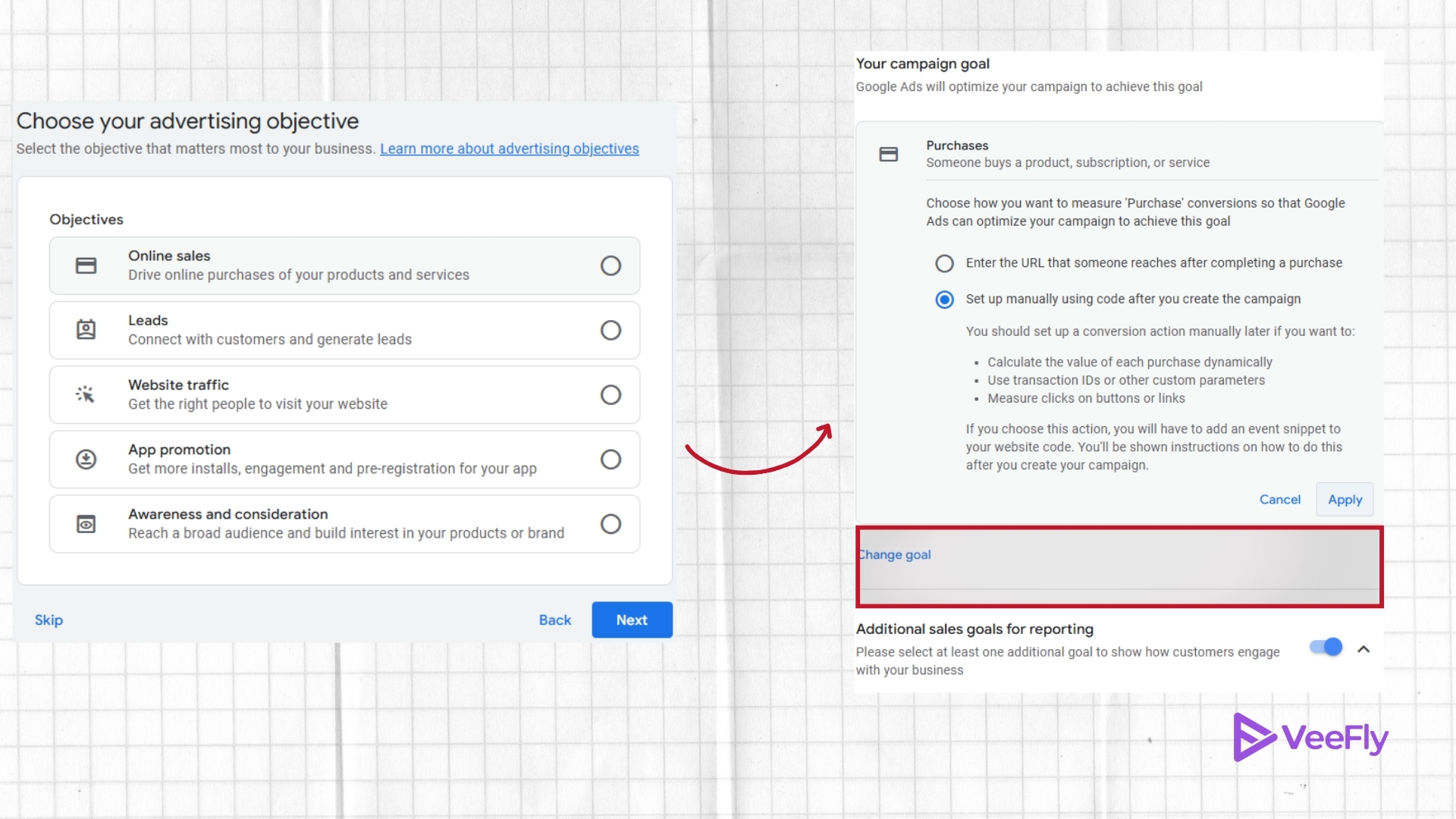
Step 4: Budget: Fill out other details as well. For instance, in bidding strategy, you may choose the maximum CPV. In the network section, focus on your audience segmentation. Plan your budget as well accordingly.
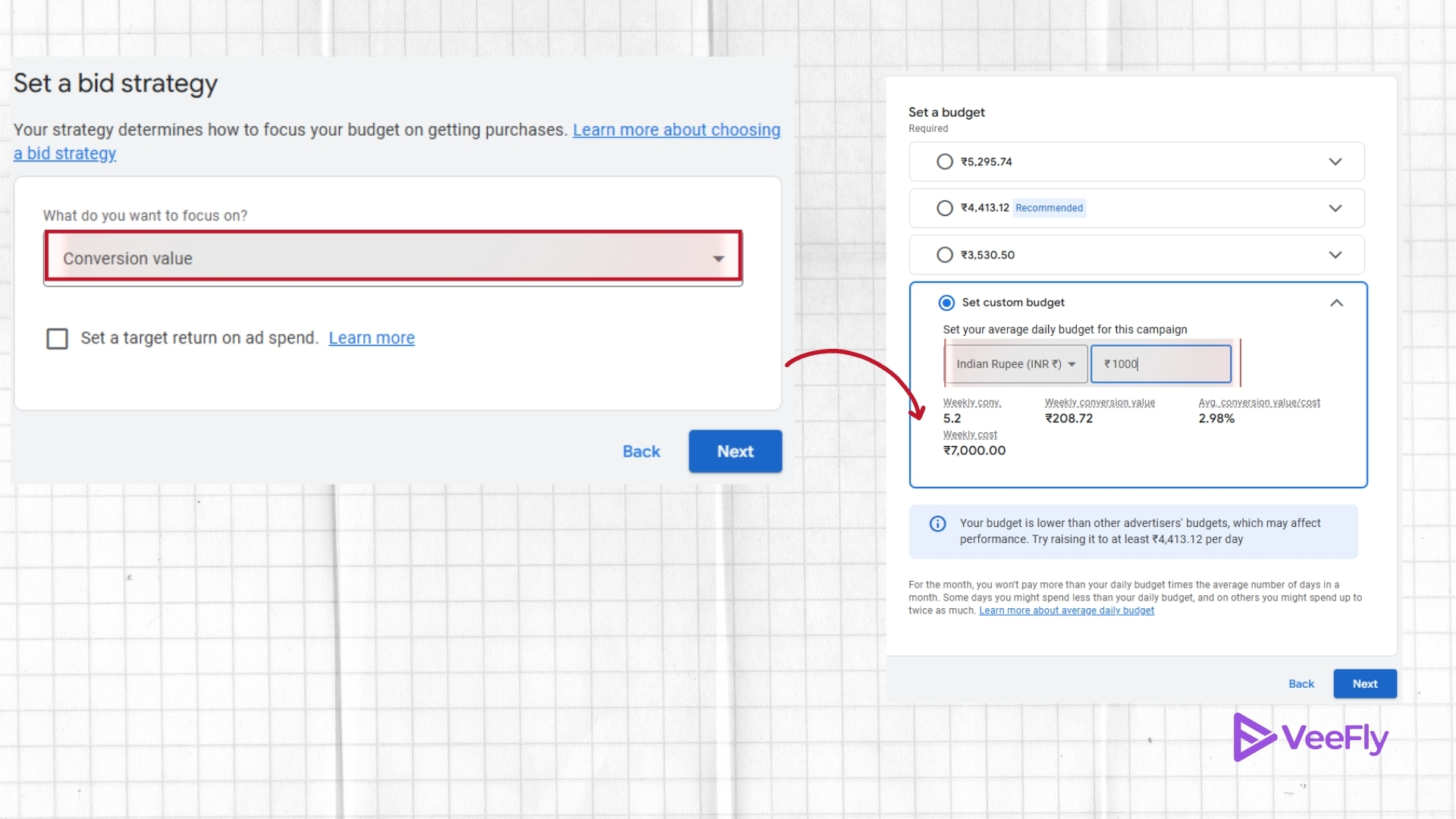
Step 5: Payment and Launch: Once you have defined your target audience, you can create your in-feed ad. Ensure that you optimize your video URL, headline, video description, and header for maximum impact. Finally, launch your campaign.
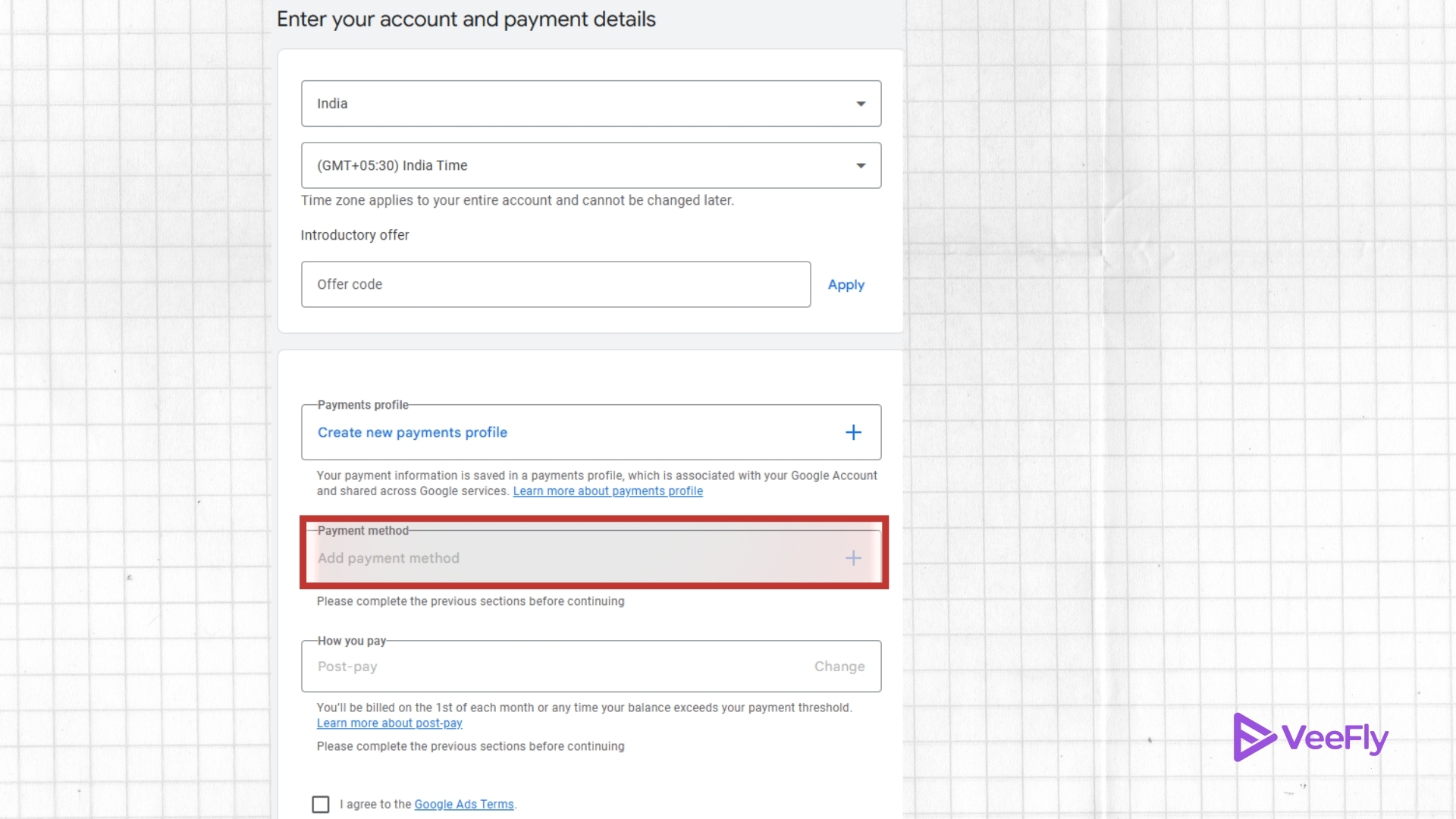
Optimization Tips for Better Results
YouTube In-feed ads need to be strategized better:
- Use thumbnails that have clear focal points. It should perfectly capture the content of your video. Avoid vague auto-generated ones.
- Write headlines that include the keywords that you are targeting. It’s important to optimize your ads according to the niche keywords.
- In a diverse audience pool, choose to have a specific target audience.
- Conduct A/B testing to understand what works best for your audience.
Conclusion
The rare balance of cost efficiency, seamless user experience, and support of long-form content makes YouTube in-feed ads vital. They are growth opportunities. Helping you turn your YouTube channel into a growth accelerator. In-Feed video ads on YouTube are ideal for marketing.
Frequently Asked Questions
Q1. Can I use In-Feed Ads to Grow my Subscriber Base?
Yes, In-feed ads are effective to help you grow your subscriber base. In-feed ads target an audience that is genuinely interested in your type of content. Converting viewers into subscribers.
Q2. What Video Lengths Work Best for In-Feed Ads
While there is no strict limit, a video length of 2-6 minutes work well often works the best. The length is long enough to capture viewer’s attention without demanding too much time.
Q3. How Long Does it Take to See Results From the In-Feed Ads
Initially, you can expect to see the results within 24-48 hours of launching your campaign. The viewership and engagement metrics reflect the engagement, views and click-through rates.
Q4. How Do I Choose the Best Keywords for In-Feed Ads
Generally, long tail keywords work well with good user intent. These detailed phrases help you attract a highly specific audience.
Q5. Are In-Feed Ads Difficult to Create?
No, In-Feeds are simple to create and manage. The process is guided through your Google Ads account, making it easily accessible.


